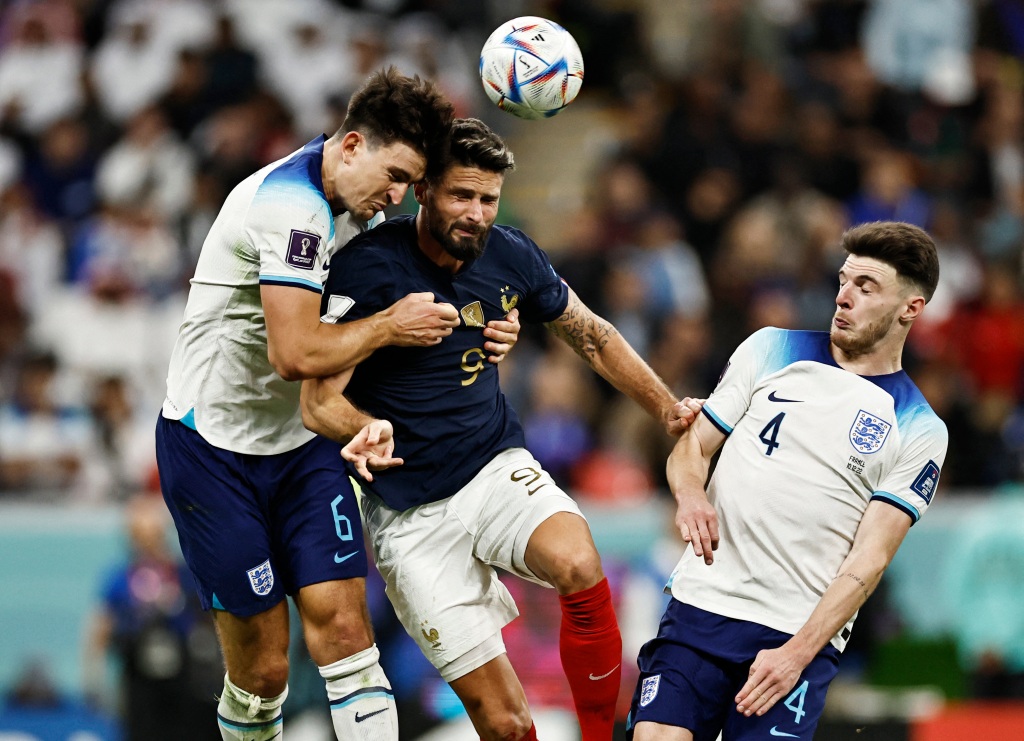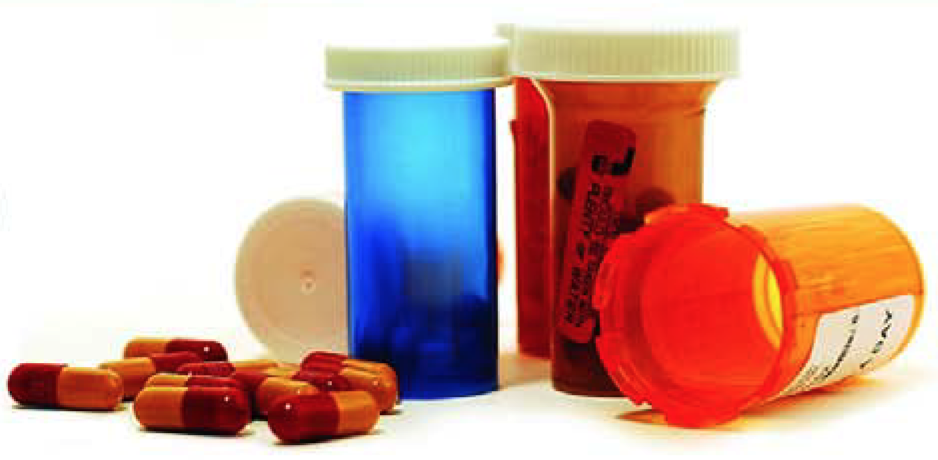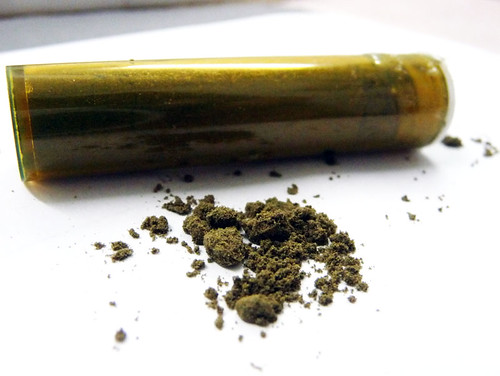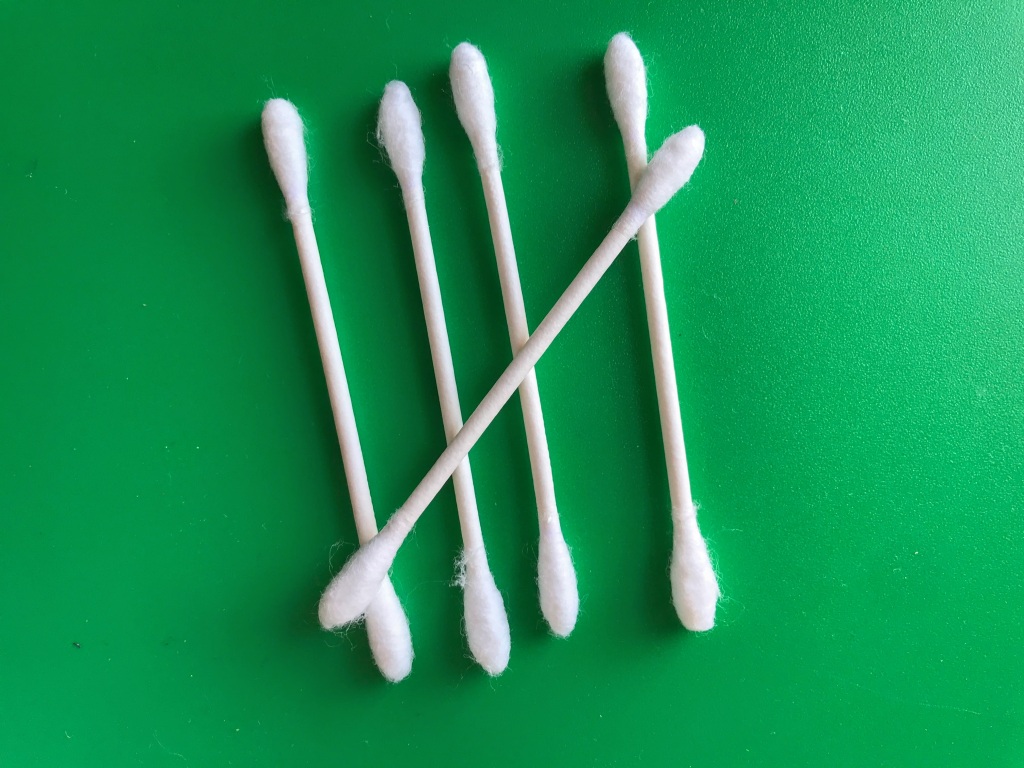I read a well-written book on the present, crazy state of competitive college admissions, called “Who Gets In and Why,” by Jeffery Selingo. There’s been constant media coverage over the years about how the college admissions process and final decisions seem stressful, overwhelming, and arbitrary and the book definitely brings some insight into this. See below for my list of takeaways from the book.
College admissions appears to have become a huge, imperfect, delicate matching monstrosity. On the one hand, colleges struggle to find students to meet various institutional needs (i.e. athletics, diversity of gender, race, socioeconomic background, legacy, finances, academics, etc.) And even if the perfect balance of students to meet these needs are admitted, the actual yield (the number of accepted students who actually enroll) is another step that may throw everything off balance.
On the other hand, students, in an unbelievably competitive environment, have to identify and apply to colleges where they will find the best financial, academic, and social fit. . . and be lucky enough to apply to schools that just happen to be needing students like them.

Main Points
I wish I’d taken better notes while reading it, as I’m struggling to remember the details on some of my takeaways. Before I forget even more, here they are, however abbreviated:
- Your high school curriculum and grades are heavily considered. Based on what’s available to you at your school, the more rigorous, the better.
- For a student, certain aspects can give you an edge (see below) for getting in (all other things being fairly similar).
- Athletics – Colleges need to fill large rosters of a variety of sports, including many niche sports like fencing, water polo, or rowing. In most schools, there are more of these spots and needs available than in other activities such as theater or music. While the chances of an athletic scholarship are slim, the value of athletics is in the admissions part. It might give you access to an elite school that you can’t get into academically.
- Money matters. “Even at need-blind schools. . . colleges control how much they spend on financial aid by recruiting heavily in rich high schools and admitting in early decision a significant proportion of students who tend to be wealthier.” Need- aware colleges will take into account how much financial aid the student needs as they have limited financial aid available for students. “They think it’s fairer to reject a student rather than accept them” and strap them with tuition bills they can’t afford. My takeaway is that strong students who can pay full price may have better odds than strong students who will need a lot of financial aid.
- Legacy gives you an edge. While it’s not a guarantee for admissions, the acceptance rate for legacies at very select schools like Harvard, have been shown to range 30-40% vs 6% for the regular student body.
- Siblings – Admissions may consider where an applicant’s sibling goes to school in assessing the likelihood of whether the applicant would accept an offer.
- First generation college students are favored and given extra notice in admissions.
- High school makes a difference in the sense that admissions offices often know certain high schools and their curriculum pretty well. In terms of getting into a selective college, studies have shown that you’re better off being a big fish in a small pond.
- Male is preferred to female because there are fewer male applicants
- Students can end up at colleges that are above their academic level. Selingo calls this, “overmatching,” and writes that it tends to occur with wealthy students who are accepted because of their families ability to pay full price. “Undermatching” is when you don’t end up somewhere that matches your academic or intellectual level or ambitions.
- Early decision – Colleges benefit because early decisions allow them to lock in a certain yield early on. The acceptance rate for ED is on average about 10 percentage points higher than for regular admission (e.g. Duke’s rates – 18% ED, 6% regular decision)
- For some schools, it is helpful to demonstrate interest so they feel that you will likely accept their offer if given one.
- See if you can figure out what the school’s critical needs might be. If you fit one of those needs, you have a better chance of acceptance.
- Some of the factors that I thought might help give a student an edge in consideration were not listed, such as: language, leadership, music, and other extra-curricular activities. I’m guessing that you have to really be a standout in these activities for it to give a student that extra edge.























































You must be logged in to post a comment.